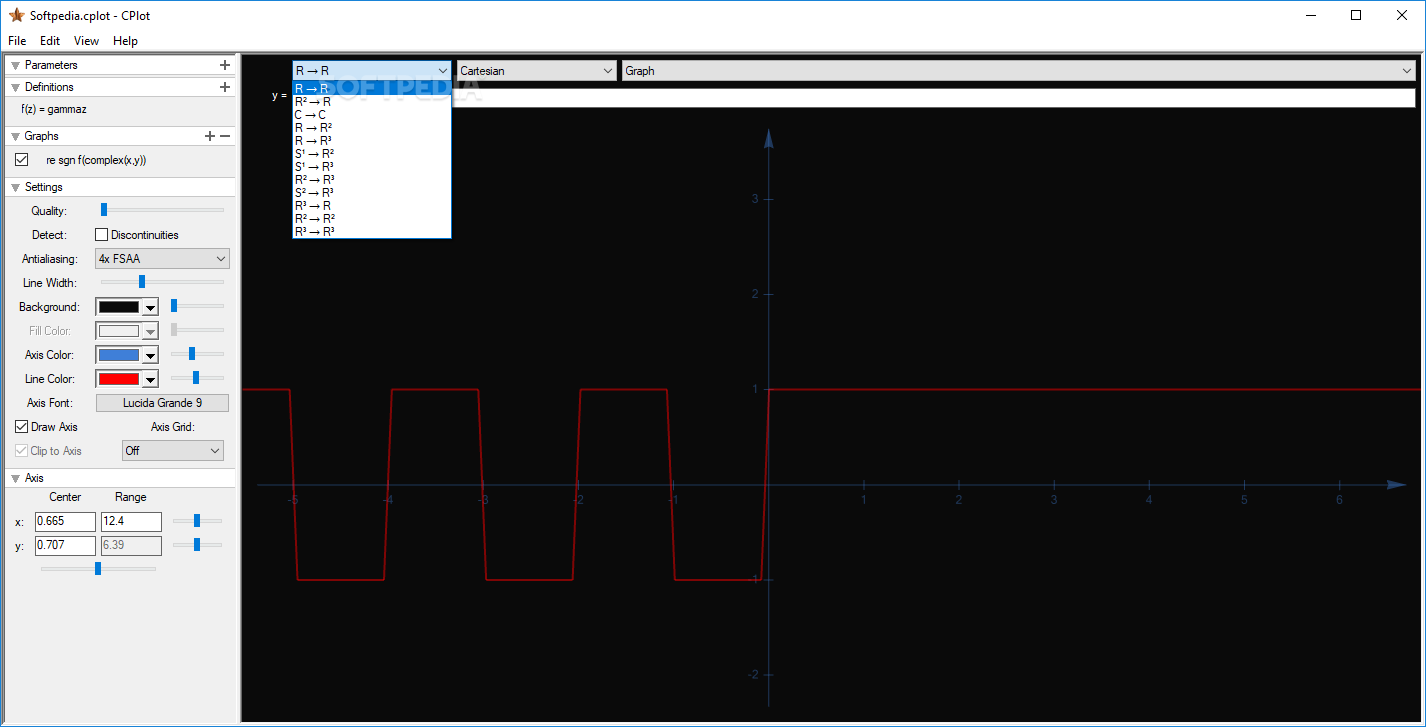

To facilitate users with this goal, we implemented the following three methods in our 3D Genome browser: For example, many users are interested in using Hi-C data to explore enhancer-promoter interactions. Identify Linkage between Genes, Enhancers and SNPs Although displaying Hi-C data as a heatmap is informative to visualize large genome structures such as TADs, it is not intuitive to show interactions between two specific loci. Simply click the "Check gene expression on the top right corner of this page. You can also conveniently check the expression for the queried the genes across over 100 cell types profiled by the ENCODE project.

We observe that this known enhancer and the promoter of SHH are located within the same TAD and the long range interaction between them is also evident in the Hi-C map, marked by the black arrow In this region, there is a known enhancer (marked by green bar) that regulate the SHH gene17. In this case, we display the tracks for RNA-Seq and H3K27ac (active enhancer mark) ChIP-Seq data for the same cell type. Under the heatmap, we also imbed the UCSC genome browser for the same region, so that the users can explore both the chromatin interaction and other "omics" data simultaneously. To make the Hi-C interaction more visible, users can conveniently adjust the color bar on the same page. Once the initial HiC heatmap is displayed, there are several other function buttons to further assist users to explore around this region, such as zoom in/out and move to right/left. In Figure below, we display the 25kb resolution Hi-C matrix, published in Rao et al Cell 2014. For Hi-C data with multiple resolutions (bin sizes), there is another dropdown menu for users to choose the appropriate size according to their needs. Our browser auto-fills gene names as users type, based a variety of gene annotations, including refSeq, UCSC and ensemble gene sets.Īfter clicking the submit button, the Hi-C interactions in GM12878 for the queried gene are shown on the right panel. We can visualize this region by selecting human and hg19 from the drop-down for species and genome assembly, and then typing in the gene name SHH in the textbox.
#UCSC CPLOT HOW TO#
How many "peaks" can occur in a single position of a data track? How are you calling peaks such that you have more than one at a given spot? Either way, with multiwig the peaks can overlap and the colors can be semitransparent such that they blend.Here we demonstrate how to query the chromatin interactions for regions surrounding SHH (Sonic Hedgehog) gene. As to the issue of "what happens in case the same position contains two such peaks", this is a little confusing. You could have three classes (tracks for overlaying): peaks of type 1, peaks of type 2, data not considered a peak (i.e. It's sort of a nifty idea to extract your peaks into classes, such that a given data track contains just the regions of that class. You'd essentially have to do the "decomposing" step either way (in principle), since you need a way to classify peaks (i.e. To accomplish what you want, you will have to decompose your data into more than one track, and then use multiwig, as Madelaine suggested, to overlay the decomposed tracks and specify the colors you want for each one. BED format specifies features, rectangles. In addition, I need the ability to generate an automatic link to the UCSC browser that displays the area of interest.īED format doesn't do height, thus no contour, no peaks. and if so, what happens in case the same position contains two such peaks. I was wondering if there is format that supports two colors for the data where all peaks are positive. (with positive and negative values for the last column). Track type=bedGraph name="BedGraph Format" description="BedGraph format" visibility=full I succeeded drawing something like this using "track type=bedGraph": In addition, since I have 2 types of data, a position may have a score in both options and there may be an overlap in some cases. Thus, the span of each peak is 1 (a single position) and the height is different. More specifically, the 2 types of data that I want to present (in two colors) is a score per position (some of the scores are 0 and I simply ignore them and don't plot them at all). The only similar example that I found is presented below, but the different color is only for positive vs. I read the instructions here,, but didn't find such example. I want to build a custom UCSC track where different peaks have different color+height.


 0 kommentar(er)
0 kommentar(er)
